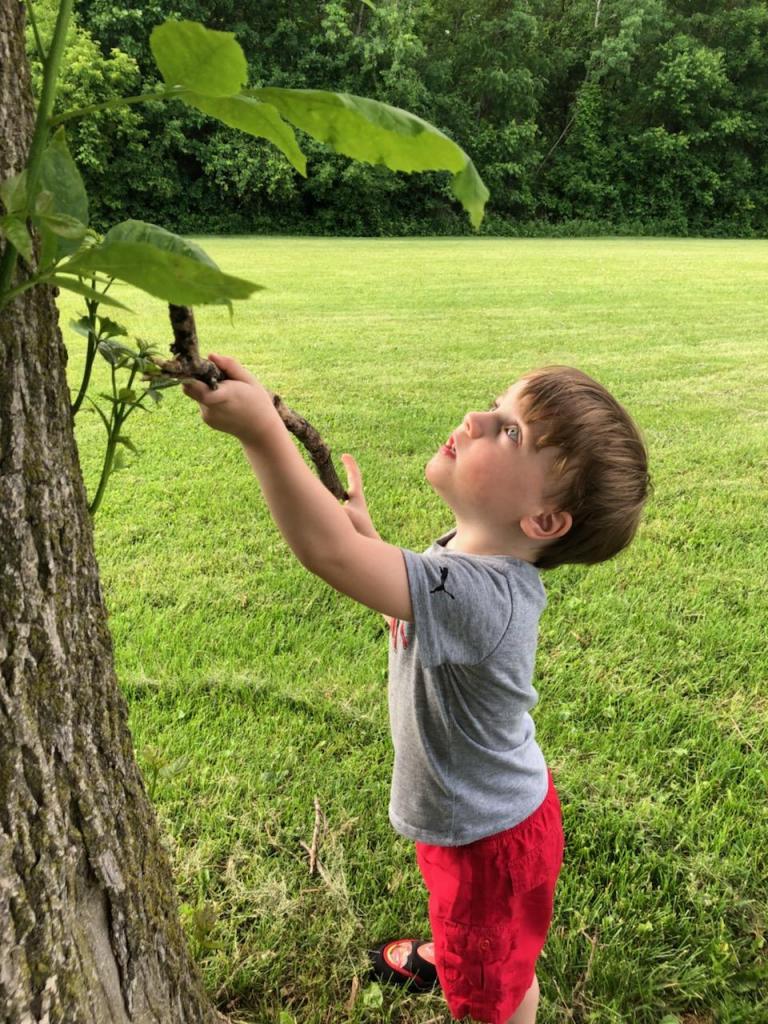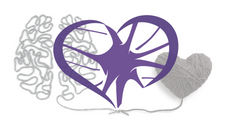
When you think of a baby or child, what is it that they want to do most? They want to play! Babies are born ready to learn, they want to explore, touch, taste, smell, poke, pound, and throw everything they can get their hands on. This is learning and this is what their developing brain needs.
Through “hands on” experiences young children are learning about their environment and how things work. Just realize… EVERYTHING is new to them. They need to use ALL of their senses and try things out in various ways. Through play children find out they can make things happen and realize that they can have an effect on their world!
You will also see children do the same actions repeatedly. Through repetition the brain verifies that what it is experiencing is true. Picture a child in a high chair with a ball. After learning (a lot) about the ball through putting it in their mouth, the child will likely throw it on the floor. He will lean over and watch the ball bounce and roll. He will motion to have an adult give him the ball again. He needs to throw the ball again so his brain can see that it will bounce and roll again. After he has had enough food to eat, he may throw any extra food on the floor to see if it bounces and rolls like the ball did. He is learning about the similarities and differences between all the interesting things he comes into contact with every day. His brain is making connections through all of these incredibly invaluable experiences.
“Essential brain pathways are created through self-directed play with real objects and nurturing interactions with the important people in his life.”
 Play also provides the opportunity for the development of a child’s muscles. Wiring in a child’s brain takes place through the repeated movements of physical activities. Even when children are watching television or playing on screens that are said to promote learning, children are not learning as much as they could if they were playing with actual items or interacting with other people. Significant scientific research demonstrates that interaction creates much more brain activity than observing.
Play also provides the opportunity for the development of a child’s muscles. Wiring in a child’s brain takes place through the repeated movements of physical activities. Even when children are watching television or playing on screens that are said to promote learning, children are not learning as much as they could if they were playing with actual items or interacting with other people. Significant scientific research demonstrates that interaction creates much more brain activity than observing.
He will not learn how a ball bounces and rolls if he only sees a picture of it on a flash card. He also will not know how a ball feels by watching a ball on a screen. When children are using screens, this is a missed opportunity for learning and strong connections being made in the brain through self-initiated play.
Play is natural. It is what children want to do (It is actually what adults love to do as well). It is how the brain learns best and it is where learning begins. An abundance of screen-free play is simply is essential to healthy overall development for well-being in life.
It is necessary also to not only have play take place at home, but children need “hands on” learning and physical activity opportunities at school also. A Voice of Play survey of 500 U.S. elementary school teachers found the following:
I invite you to share any play ideas or additional information on this topic. We can all benefit from your comments.
For a wealth of screen free play ideas to have right on hand go to www.braininsightsonline.com for the unique and easy to use Neuro-Nurturing Interaction Packets! Additional posts on play can be found on this site here.




Be the first to comment